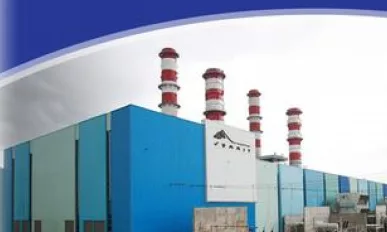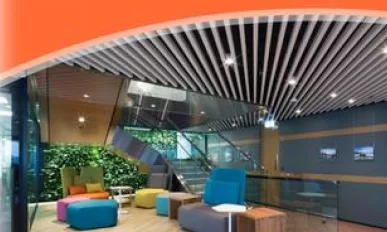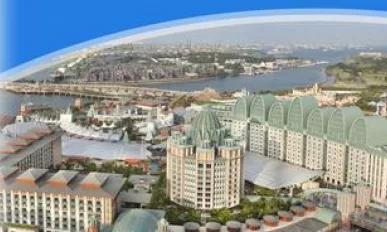Issue 35
Summit Power International : Power to the People
Summit Power International Managing Director and CEO Ayesha Aziz Khan explains how the family business continues to deliver major energy infrastructure projects across Bangladesh.
Kumul Petroleum : PNG’s Petroleum Potential
Papua New Guinea’s national oil & gas company, Kumul Petroleum, is fully invested in a giant LNG project that will ensure the security of the sector for years to come.
KFC Myanmar : Maintaining Momentum
KFC Myanmar continues to grow having opened its first outlet in 2015. We caught up with Managing Director JR Ching for an update on progress.
Union Medical Healthcare : Hong Kong’s One-Stop Shop
Union Medical Healthcare has emerged as a leading health service provider since it came onto the scene in 2005. Now, driven by investment in knowledge, it is looking to broaden its coverage of medical disciplines even further.
Hospital Canselor Tuanku Muhriz of UKM Medical Centre
UKM Medical Centre is leading the healthcare charge across the country, powered by its technological nous and operational synergies.
Merx Construction Management : Built to Inspire
Having undergone a brand refresh, Merx Construction Management is expanding its reach into new sectors and territories, all the while maintaining its unwavering commitment to a client-centred approach.
Emrail : Right on Track
Having risen to the top as one of the country’s leading railway engineering players, Emrail is now looking to conquer new markets across the continent.
Nishimatsu Construction Singapore
Nishimatsu Construction Singapore has been supporting vital infrastructure projects for almost four decades, the latest being the second phase of an enormous underground sewerage system.
DP Façade : Design’s Global Superpower
Director Mathieu Meur explains how Singapore’s DP Façade is able to draw on the expertise of nine other business units spread across multiple architectural-related disciplines and territories.











